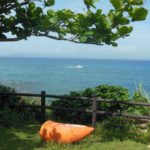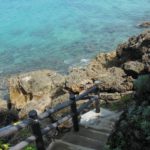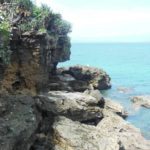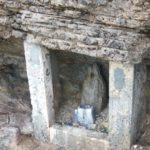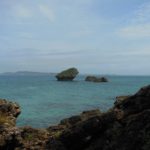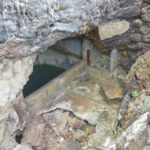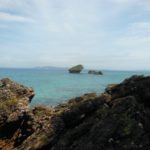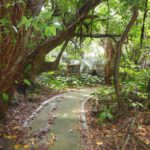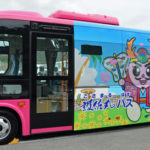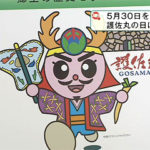Tsuken-jima, aka “Carrot Island,” is a short and cheap ferry ride (~15-30 minutes) from the Okinawan main island. I can see this island from the window of the second story of my house.
The word carrot in Japanese is ninjin 人参 but oddly enough you may see it as キャロット “kyarotto” in katakana.
It is an easy day trip and the whole island can be seen on foot. There is no need to bring a car or rent a car. There is a trail, mostly paved, that runs along the island. There are several utaki (Okinawan sacred forest/spots), a few hiijaagaa (water springs, usually somewhat sacred), and an observatory shaped like a rusty orange carrot with panoramic views. Basically, it is a nice walk. The water is beautiful, so water activities are also a possibility here.
Of course, there are many carrot fields and bags of carrots are sold here, as well as various carrot products, like cakes and breads. There is even a “carrot cider” (however the word cider サイダー in Japanese actually refers to soda, just as an fyi).
On this particular trip, I slipped and ended up breaking my camera, so the only photos are from the beginning of the hike… but I promise, it is quite nice the rest of the way, too.

